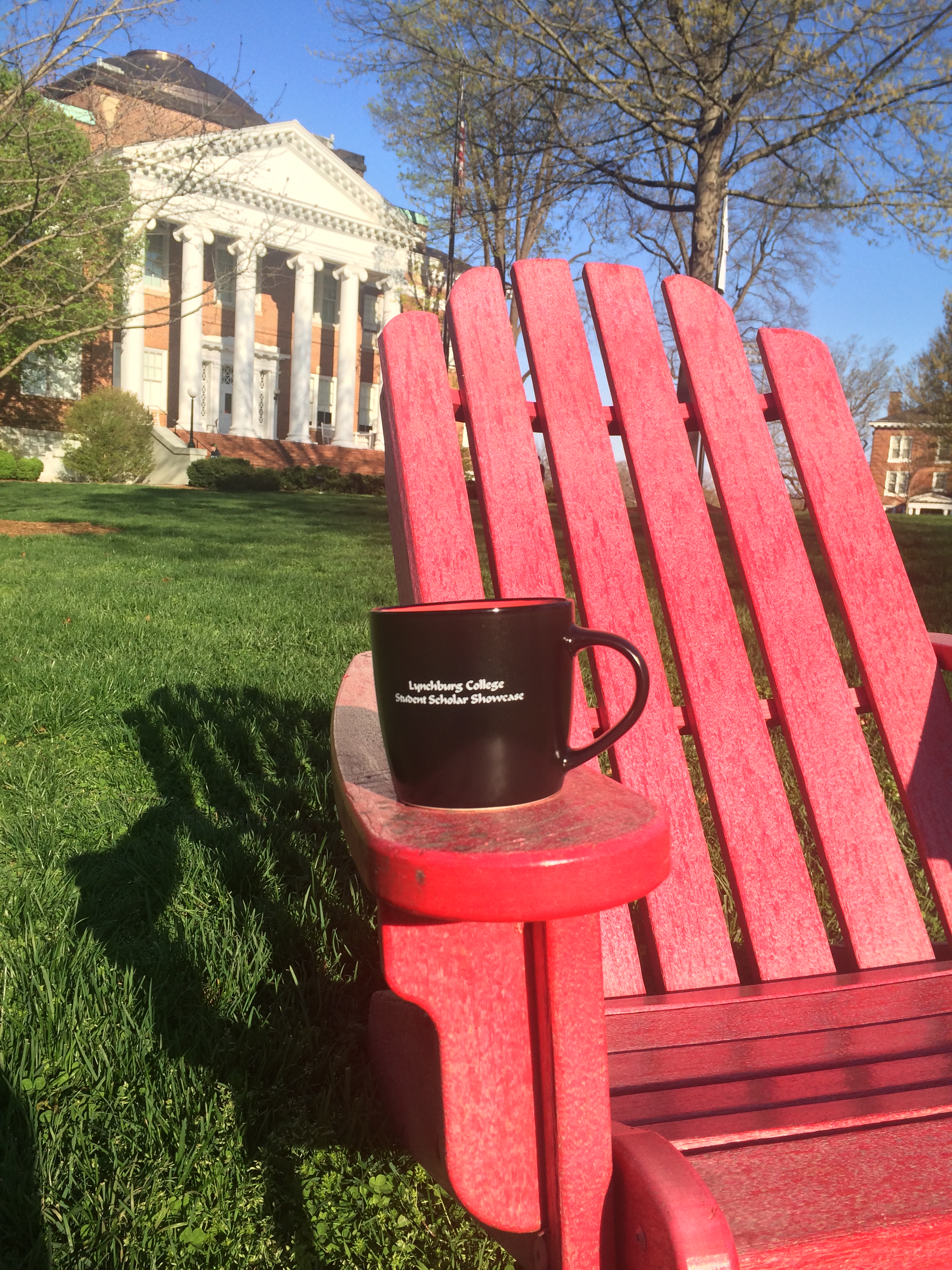
Location
Schewel Hall Room 231
Access Type
Event
Event Website
http://www.lynchburg.edu/academics/red-letter-day/student-scholar-showcase/
Entry Number
134
Start Date
4-6-2016 4:00 PM
End Date
4-6-2016 4:15 PM
Abstract
Making Old English writing accessible to a more modern audience has long been the task of academics. The epic poem Beowulf is certainly the most prominent work written in that early medieval form of English. Translators of Beowulf must face the challenge of choosing what elements of the original will best serve to connect to a more modern readership while also maintaining the essence of the original work. This challenge requires translators to choose how to best bring the formulaic nature of Germanic poetry to their own translation while maintaining readability. This has led to the development of two major approaches to translation. The first method involves recreating the poetic style in order to produce a verse form that is very similar to the original text. The second method requires translators to forego the poetic verse in favor of a translation that leans more towards prose. Both of these methods also require translators to determine how to utilize the unique elements of Beowulf, such as alliteration and kennings, to provide a more accurate telling of the story. Translators working with either form must face both a common set of challenges and challenges that are specific to that method of translation.
Faculty Mentor(s)
Dr. Lesley S. Layne
Translating Beowulf
Schewel Hall Room 231
Making Old English writing accessible to a more modern audience has long been the task of academics. The epic poem Beowulf is certainly the most prominent work written in that early medieval form of English. Translators of Beowulf must face the challenge of choosing what elements of the original will best serve to connect to a more modern readership while also maintaining the essence of the original work. This challenge requires translators to choose how to best bring the formulaic nature of Germanic poetry to their own translation while maintaining readability. This has led to the development of two major approaches to translation. The first method involves recreating the poetic style in order to produce a verse form that is very similar to the original text. The second method requires translators to forego the poetic verse in favor of a translation that leans more towards prose. Both of these methods also require translators to determine how to utilize the unique elements of Beowulf, such as alliteration and kennings, to provide a more accurate telling of the story. Translators working with either form must face both a common set of challenges and challenges that are specific to that method of translation.
https://digitalshowcase.lynchburg.edu/studentshowcase/2017/presentations/99

